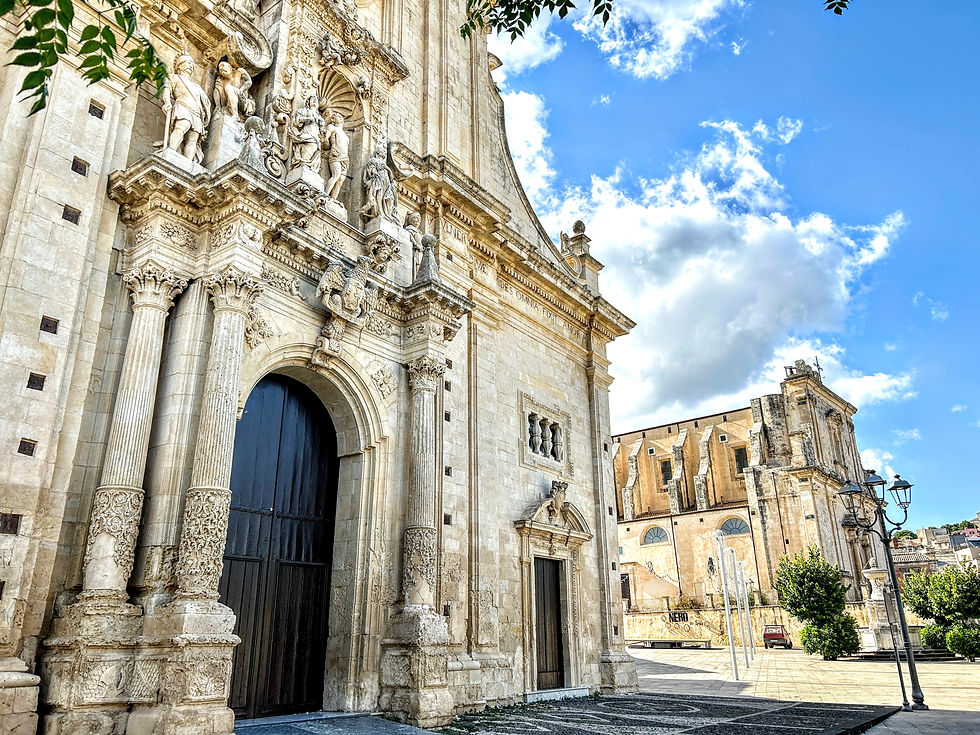It is a picturesque medieval village in the province of Rome, located on a rocky hill in the Upper Aniene Valley, in an area of great religious appeal, being considered by all to be the cradle of Western monasticism... #tuttitaly
On a rocky hill in the upper Aniene valley, in the province of Rome, stands Subiaco, a picturesque medieval village, which for a very long time was a pilgrimage destination thanks to the work of San Benedetto da Norcia.
The Saint wanted to find peace, in contact with nature. Thus, he took refuge in an isolated cave clinging to the slopes of Mount Taleo, inside the wild gorges of the Aniene. Here he stayed for three years and preached his word to some pastors based on charity and Christian love.
Over time, many people gathered around him and thus gave birth to new principles based on equality, brotherhood, and the "Ora et Labora" Rule.
Benedict founded 13 monasteries throughout the Subiaco area. Of these, two have survived: the one known as Sacro Speco because it was built on the cave where the saint lived as a hermit, and that of Santa Scolastica, dedicated to the twin sister of Benedetto.
The monastery of Santa Scolastica is located east of Subiaco, at an altitude of 510 m, and right on its entrance is the inscription "Ora et Labora." In 1465 the German clerics A. Pannartz and C. Sweynheym set up the first Italian printing house. In October of the same year, the first book printed with movable type in Italy was created in a typographic style called "Subiaco style." In the "Rule," St. Benedict imposed on the monks the reading, both private and communal.
Santa Scolastica is considered the oldest Benedictine monastery in Italy and the world. This is already a valid reason to go and visit it.
On the top of the village of Subiaco stands the Rocca Abbaziale, also known as Rocca dei Borgia, for having welcomed the cradle of Giovanni, Cesare, and Lucrezia Borgia.
By the will of the Benedictine Giovanni V, the fortress was built at the end of the year 1000 to defend the immense patrimony of the Abbey of Santa Scolastica scattered throughout the territory.
Later, the papacy gave the Rocca in command, occasionally to members of their family clan.
In 1778, by the will of Pope Pius VI, the fortress was restored, and the elements that characterized it as a medieval castle were eliminated to make room for creating a modern representative palace.
In the heart of the Rocca, there is the Museum of Paper and Printing Activities, a multimedia path with reconstructions of instruments of the time and with the stages of a significant invention that involved the monastery of Santa Scolastica: the printing of the first book in characters furniture of the history of Italy.


























Comments